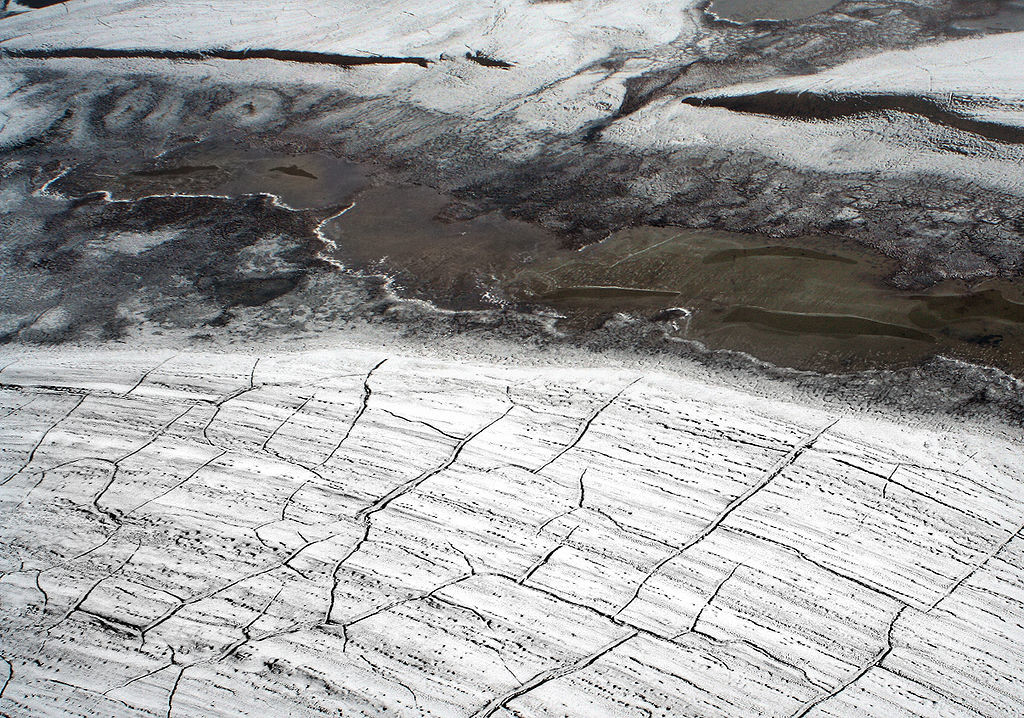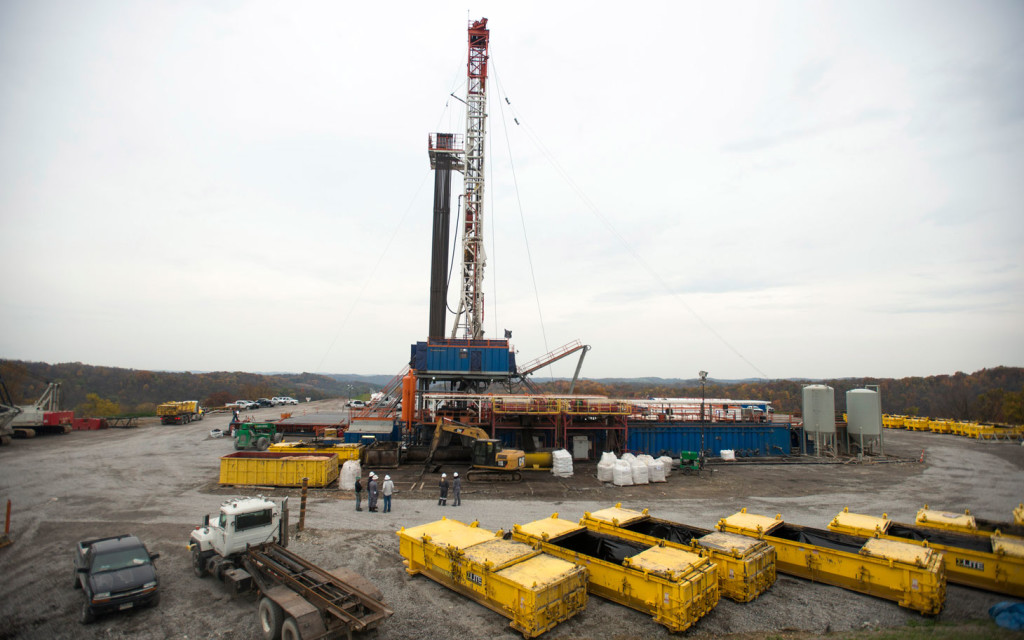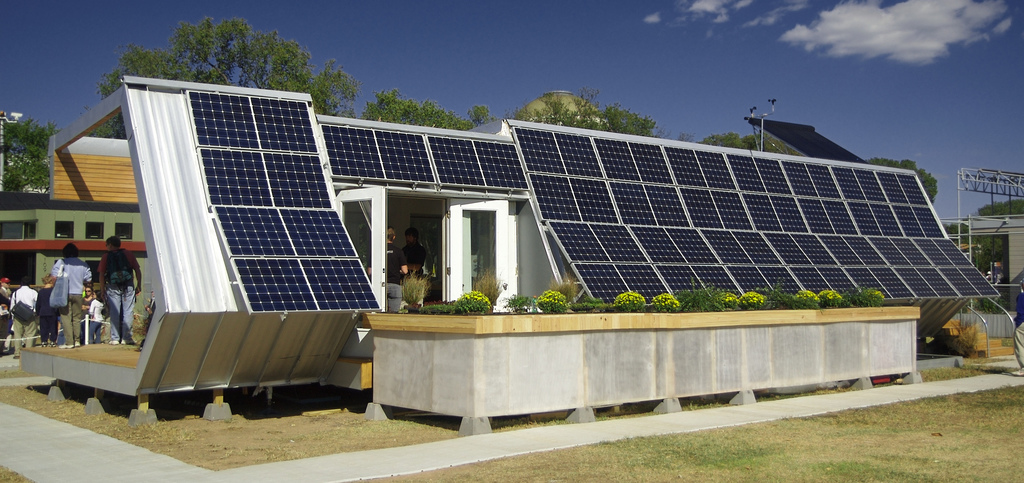All right, so we all retort to this theory of earthquakes being a natural calamity, something that is a part of the earth forming process, and it is nature that will decide when it would happen, and when it won’t. Tell you something, nothing wrong with that theory. In fact, one scientist has recently predicted a mega quake that could kill millions and split the planet anytime soon. But there’s another supernatural theory, which sounds more theological than scientific-and that is that these earthquakes are a product of our sins. Well, going by the latest studies, even that is not false.
It’s not that only the ones committing the sins are directly facing the wrath of the almighty. But large scale human activities that induce the seismicity of the earth’s crust are more or less responsible for more frequent, more widespread and higher magnitude of earthquakes.
The recent earthquake in Nepal, that occurred on 25 April, followed by a major aftershock on 12 May, was another case which makes scientists more confident about the relation between human activity and earthquakes (more details below). But other prior studies have hinted at such relations time and again.
For instance, Oklahoma in USA is witnessing a considerable number of earthquakes compared to what used to be the trend sans the seismic activity. Michael Hamburger, a Geological Science Professor at the Indiana University, says that according to the latest studies, earthquakes are occurring in places that have had barely any part of their history with earthquakes. Lots of low magnitude earthquakes are taking place in most areas where wastewater injection is done for fracking around America. He also claimed that earthquakes can be altered to factors of ‘tens to hundreds’ over natural seismic activity.
According to USGS, northern Oklahoma and southern Kansas have witnessed way more earthquakes in 2013 and 2014, compared to the period before 2012, which exhibited a track record as clean as a whistle. Increased pore pressure might lubricate nearby faults, which makes an less seismic region more prone to earthquake. The USGS is on a mission to prepare a model to monitor earthquakes over a period of 12 months, and pointing out instances where human activity is the major reason for any earthquake. Authors of Geology feel that a 2011 earthquake in this region was caused mainly due to wastewater injection into oil wells situated deep underground.
Here are some other important studies that have been carried out to identify human involvement in earthquakes:
(i) Dr. Vivek Srivastava, an assistant professor at Kanpur University, believes that global warming has a lot to do with earthquakes. His research came into spotlight after the Nepal earthquakes earlier this summer. According to the Indian scientist, the melting of the Arctic permafrost (which is due to increased global temperature) most likely shakes the inside zones of the earth because of rise in water levels at the top surface, which induce a pressure at the base-giving rise to many tremors.
Srivastava says that though such tremors go usually unnoticed, immense stress can build up over a short period of time, only to give rise to a massive earthquake. Though he does not guarantee any of the recent earthquakes taking place primarily due to this reason, he urges other scientists to look into the matter, as there is a clear relation between global warming and sea level rise, as well as the amount of pressure being induced on the earth’s surface due to this rise in the sea level.
(ii) Research published in Nature Geoscience, states that the shallow epicenter of a devastating 2011 earthquake in Lorca, Spain, might be related to groundwater extraction near Lorca. Groundwater extraction (hydraulic fracturing/fracking) results in dropping of the water table, which can destabilize an existing fault. A notable proof here is that the water table in this region has dropped by an enormous 250 meters since 1960.
It is not the fracking process alone, but rapid injection of fluid (for wastewater disposal) that can pump several millions of gallons of brine deep into the earth. Every year.
It is important to note that it is not the fracking process itself that usually causes these earthquakes; it is the rapid injection of fluid during wastewater disposal that sometimes pumps hundreds of millions of gallons of brine deep into the earth each year.
(iii) Every action has an equal and opposite reaction. Newton’s third law of motion explains just why the Taipei 101 tower in Taiwan is emerging as a cause of earthquakes in surrounding regions. It is just because the builders took a bit too extra care in making the building resistant towards earthquakes and typhoon winds. Taiwanese geologist Cheng-Horn Lin elaborates on this finding.
According to the geologist, the building’s huge mass (it is still one of the tallest buildings on earth) is putting a lot of pressure on the underneath sedimentary rock, because of the extra steel and concrete used in the construction of the building. All this was used as a measure to protect the building from all kinds of disasters. The building site witnessed earthquakes during its construction as well as after its completion.
Such findings should prompt city planners to rethink their strategy of using the skies an alternative when not much of land is available for construction. Move to a quieter city perhaps.
Other human reasons for earthquake cited by experts:
Dams and reservoirs, and geothermal power plants are other human factors responsible for affecting the seismicity of a region. The 2008 Sichuan (China) is believed to have been triggered by construction and filling of the Zipingpu Dam, besides other natural reasons. Many small dams were damaged, which resulted in slightly more devastation, and the Tulong reservoir is still under the scanner as far as further damages are concerned.










